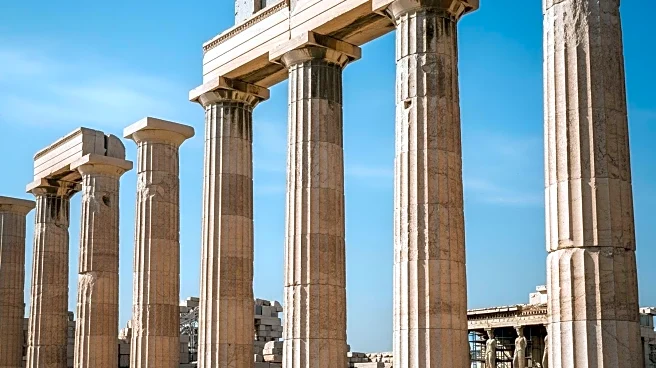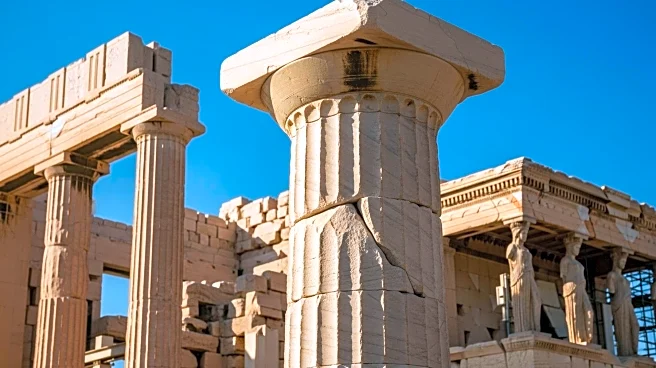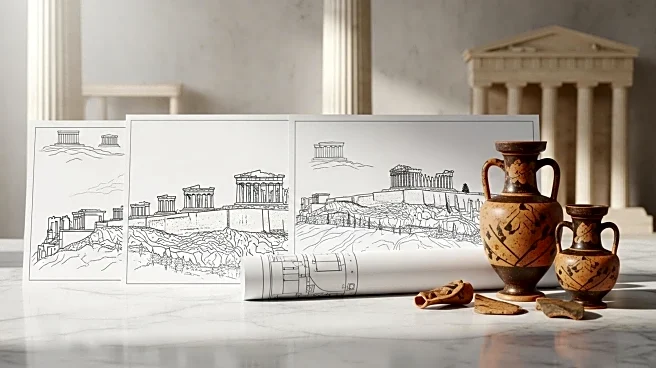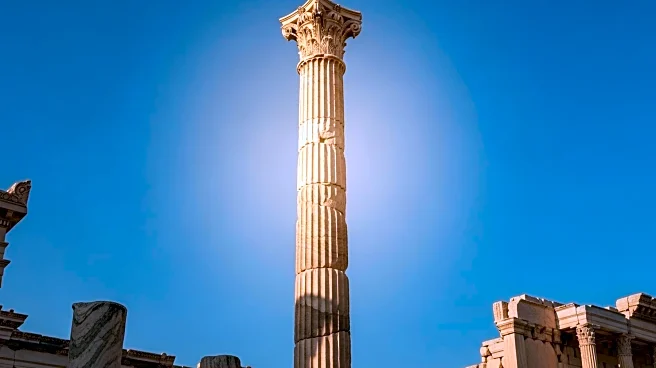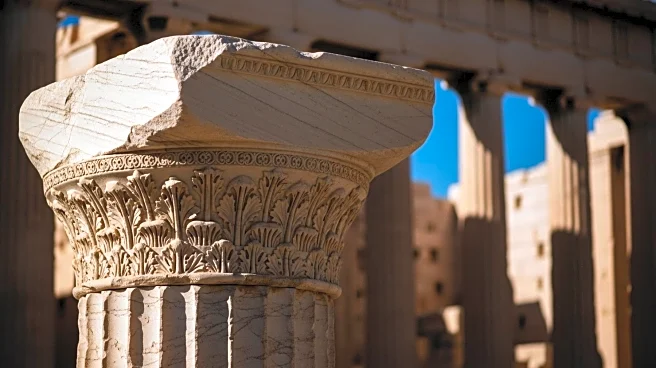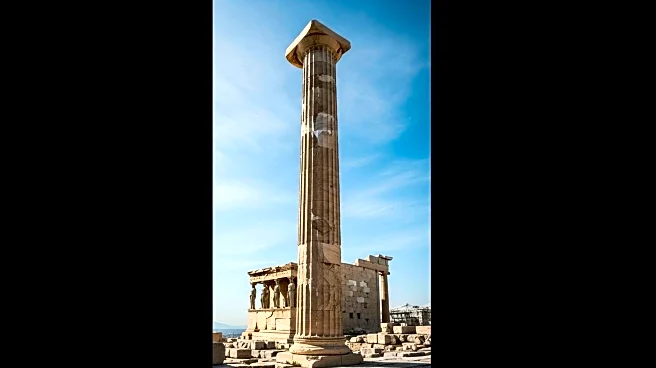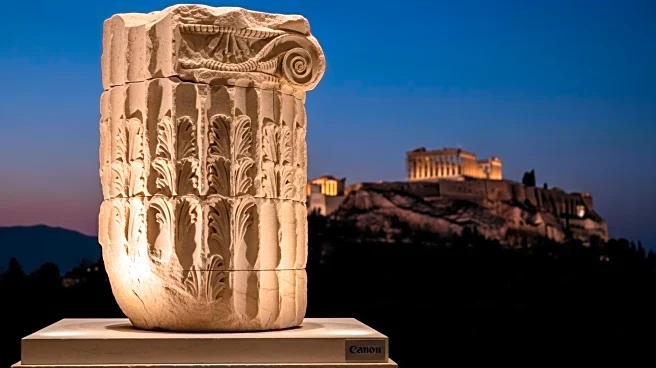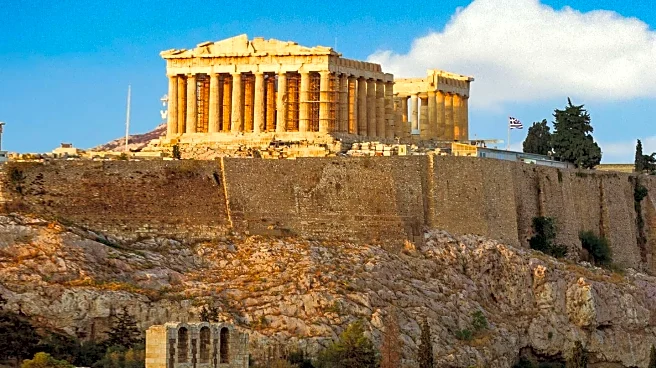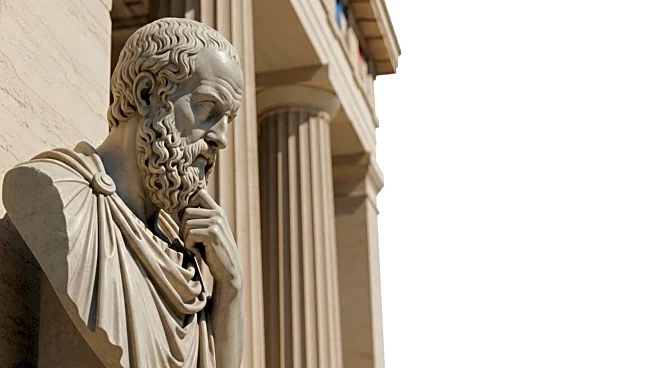The Acropolis of Athens, a symbol of ancient Greek civilization, holds many secrets that offer insights into its architectural and cultural significance. From lesser-known details to common misconceptions, the Acropolis is a treasure trove of historical mysteries. These secrets reveal the complexity and depth of the site's history, providing a unique perspective on the achievements of ancient Greece.
LesserKnown Details
While the Parthenon is the most famous structure on the Acropolis, the site is also home to lesser-known buildings like the Erechtheion and the Temple of Athena Nike. These structures offer unique insights into the architectural and cultural achievements of ancient Greece, showcasing the diversity and complexity of the Acropolis.
Common Misconceptions
One common misconception about the Acropolis is that it was solely a religious center. In reality, the site served multiple purposes, including defense and political activities. The Acropolis was a hub of cultural and intellectual life in ancient Athens, reflecting the city's power and influence.
BehindtheScenes
The construction of the Acropolis required careful planning and coordination, with skilled craftsmen and architects working together to create its iconic structures. The site was built using local materials, including marble from nearby quarries, showcasing the resourcefulness and ingenuity of its creators.
Why It Matters
The secrets of the Acropolis offer valuable insights into the architectural and cultural achievements of ancient Greece. By uncovering these mysteries, we gain a deeper understanding of the site's historical significance and its enduring legacy. The Acropolis continues to inspire modern architects and artists, serving as a symbol of the enduring spirit of ancient Greek civilization.
 Discover Daily • 8 min read
Discover Daily • 8 min read 